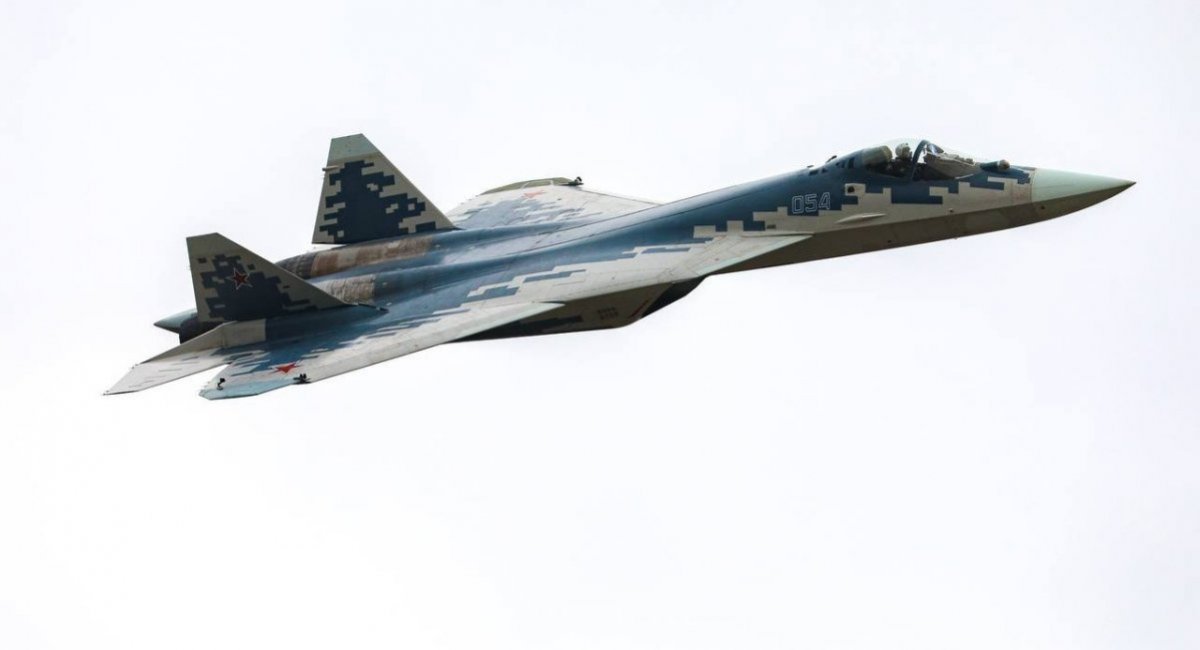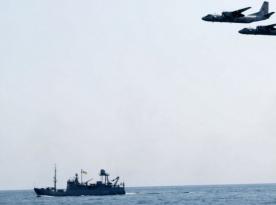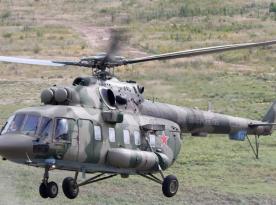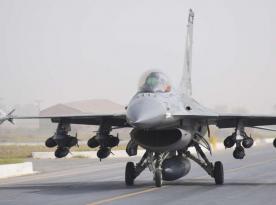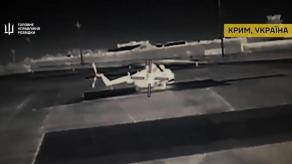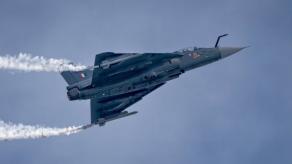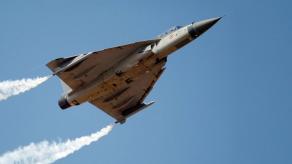Between 2021 and 2024, russia’s arms exports plummeted by 92%, a 14-fold decrease, reaching just $1 billion. At the same time, the market geography shrank to only 12 countries that remain among Moscow’s "traditional" clients.
Against this backdrop, russia announced its first export contract for Su-57 fighter jets, with Algeria as the buyer. This move should be seen primarily as an attempt by russia to somehow maintain its position in the global arms market.
Read more: After Failed Display in China, russia Brought Su-57 to India, Robbing the Attendees of an F-16/F-35 Airshow
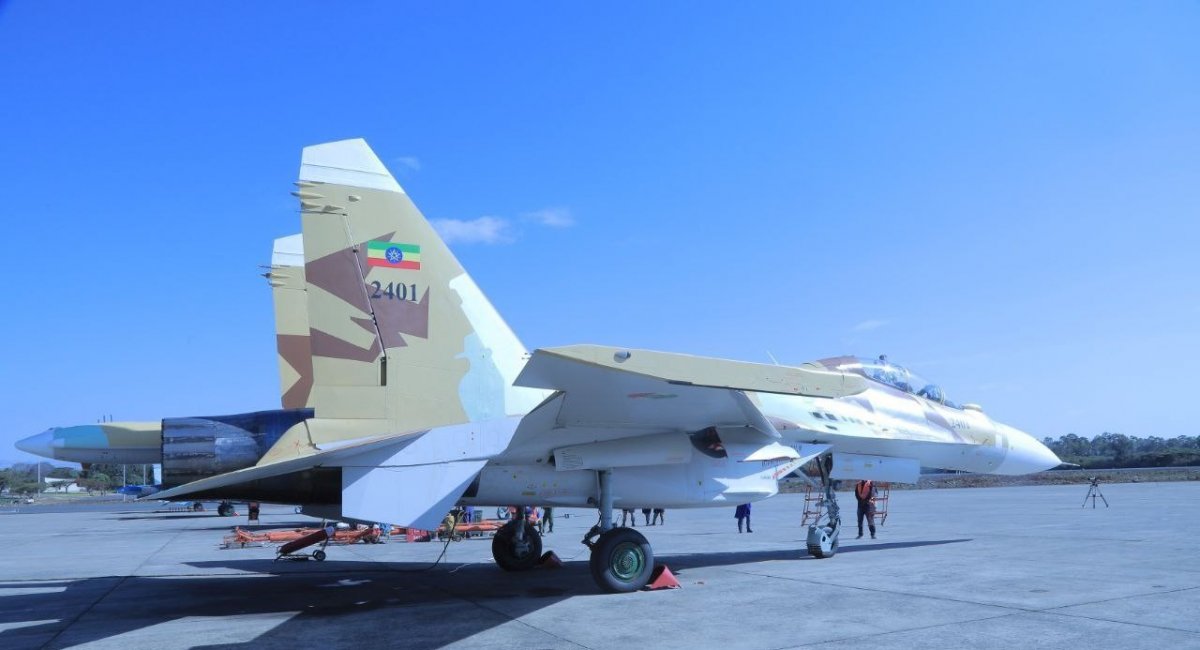
The Jamestown Foundation, an American analytical institution, details in its report that russia’s 92% drop in arms exports from 2021 to 2024 was a direct result of its full-scale war against Ukraine. In 2021, russia’s arms sales totaled $14.6 billion, making the 14-fold collapse over three years even more striking by comparison.
The primary factor at play here was the shift of russia’s military-industrial complex to a wartime economy, prioritizing the needs of the russian army at the expense of fulfilling export contracts. Additionally, former traditional buyers of russian weapons chose to exercise caution or even switch to suppliers from other countries, such as China.
Tracking the decline in exports, in 2022, russia’s arms exports amounted to $8 billion—a $6.6 billion drop compared to the previous year. By 2023, the figure fell further to $3 billion, marking a $5 billion decrease from 2022.
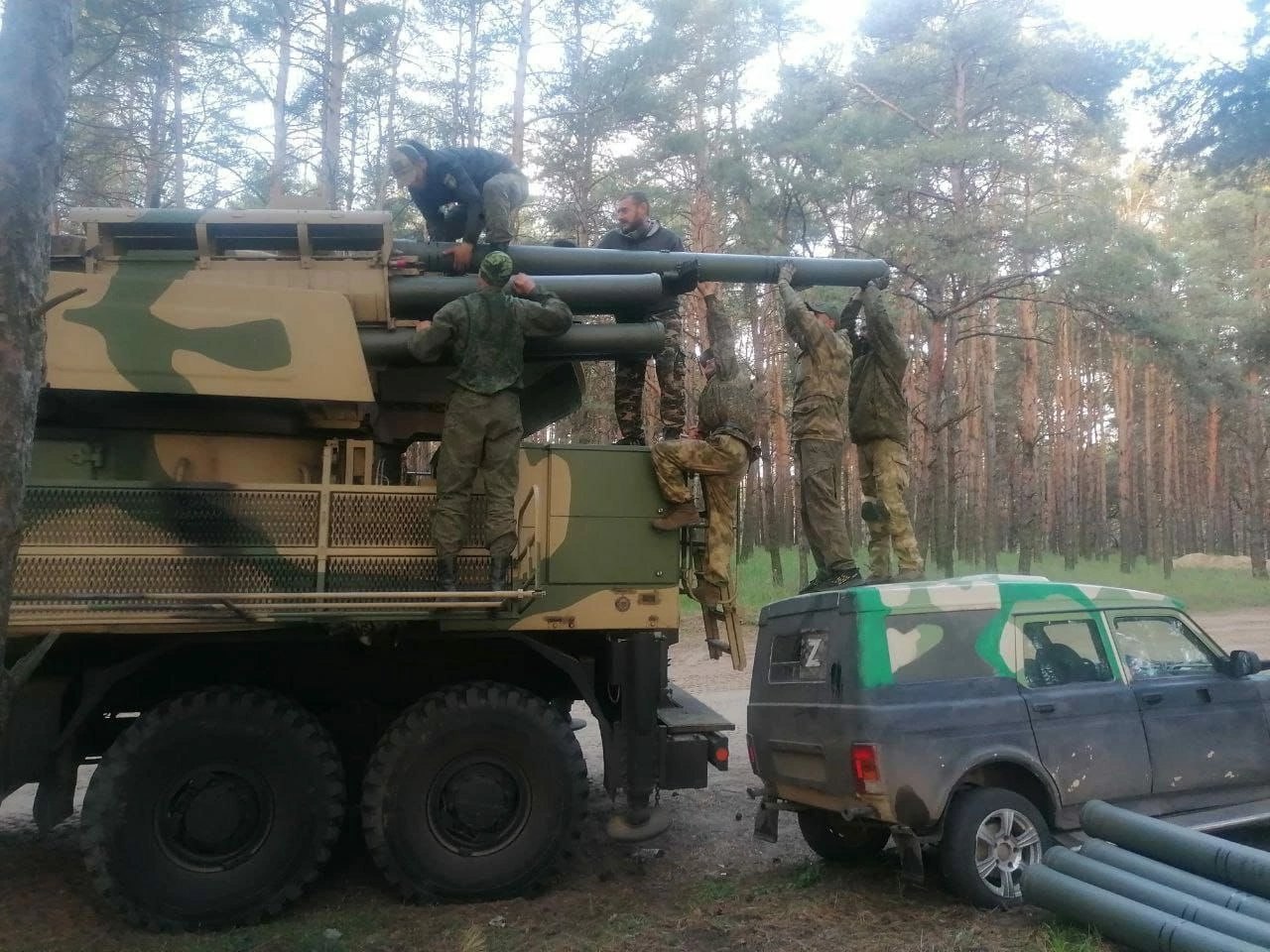
The Jamestown Foundation, citing data from SIPRI, reports that from 2019 to 2023, russia sold 53% less weaponry than in 2014-2018. This comparison serves as clear evidence of the systemic crisis affecting russia’s arms exports.
However, as stated in the publication, despite clear signs of crisis, the russians still have certain arguments for self-reassurance.
To begin with, the list of 12 countries that continue to purchase russian military-industrial products includes India, China, and Myanmar, which are considered strategically important for the Kremlin.
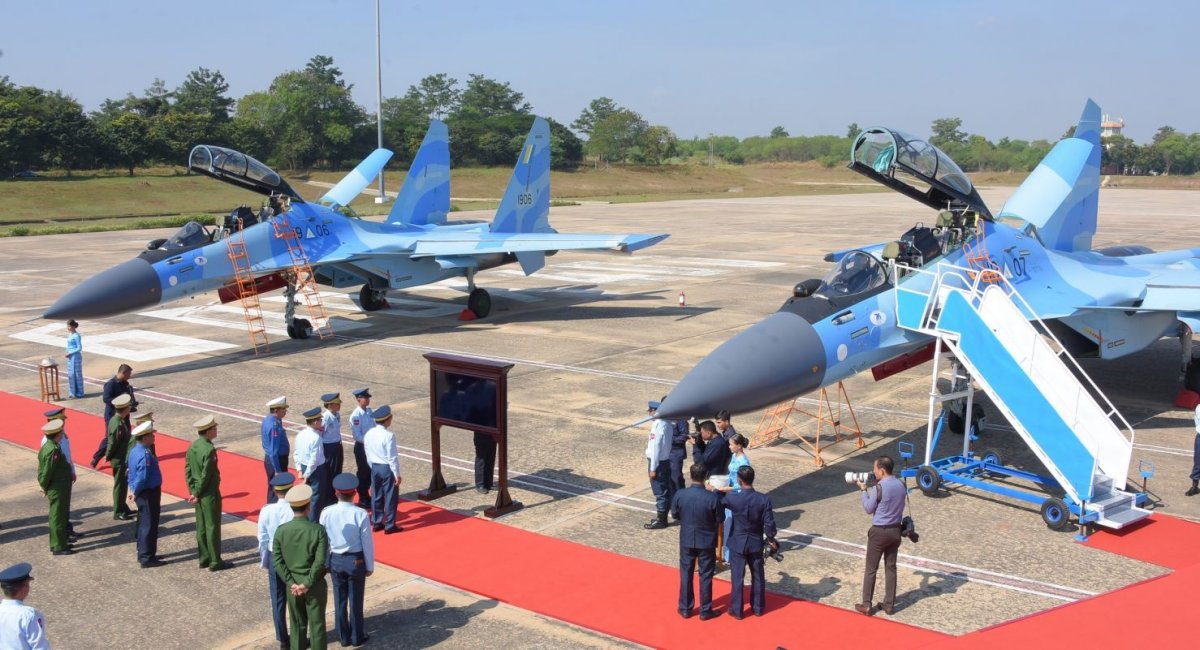
Additionally, Rosoboronexport, in its public reports, claims a total export order value of $55 billion for russia’s defense industry. It emphasizes that the execution of these contracts has supposedly been "postponed" due to russia’s full-scale war against Ukraine.
Read more: russia Confirms Su-57 Export Deal – First Delivery Expected in 2025




